
Art world Calendar 2024.
I extend heartfelt greetings on this significant occasion, the Inauguration of Ayodhya’s Shri Ram Mandir Pran-Pratishtha 🚩. It is with great pleasure that I announce the unveiling of the New Year Calendar 2024, thoughtfully curated by my students. May this calendar stand as a beacon of reverence and positivity, guiding us throughout the coming year.












All about the Kala Ghoda Arts festival,February 2023
Founded in 1999, the Kala Ghoda Arts Festival has, since, become one of the biggest street art festivals in the country
One of the country’s largest multicultural festivals, the Kala Ghoda Arts Festival — which takes place in February each year — is returning in 2023 with a splash! It will begin on February 4, Saturday, and will go on till February 12, Sunday. The nine-day festival, organised by the Kala Ghoda Association, takes place in the Kala Ghoda area of South Mumbai.
The area is known for its heritage buildings, and art and cultural spaces, such as museums, art galleries, boutiques, restaurants, and educational institutions. “The precinct attracts food connoisseurs, fashion designers, and architecture enthusiasts among a host of creative talent. The constant bustle of heritage aficionados is an ode to the rich legacy of the precinct,” according to Kala Ghoda Association.
Founded in 1999, the Kala Ghoda Arts Festival has, since, become one of the biggest street art festivals in the country, drawing visitors in large numbers, not just from Mumbai but all over the country and the world. With the aim of promoting arts, crafts and cultural heritage, the funds raised from the festival every year are directed towards the restoration efforts undertaken by the Association.
The much-acclaimed art festival is celebrated across 14 sections or verticals, namely children, cinema, dance, food, heritage walks, literature, music, stalls, stand-up comedy, street, theatre, urban design and architecture, visual art, and workshops.
Children: This section, according to the associations, “encourages kids to forget about the world of homework, and walk into the fantastical world of stories, where a child on wheels can be a hero and so can the queen of Kashmir“.
Cinema: From hard-hitting documentaries to entertaining Bollywood flicks, this section will surely enthral film lovers.
Dance: The various dance performances are aimed to express limitless energy and create an infectious environment to sit back and enjoy all forms of dance, it says.
Food: This section features a series of master-chef workshops highlighting different cuisines apart from food walks held on the weekend.
Heritage walks: “Curated walks for 9 days, with themes that link the old with the new, bringing the past into stark relief against the future; these walks, and heritage bus tours are a delight to experience and will help you understand the ethos of this amazing sub-precinct using narratives at different locations along the way.”
Music: This section explores different genres of music and gives a stage to popular artists as well as folk musicians who enthral audiences in equal measure.
Literature: Writing, reading, and a generation of ideas through literature will take the audience from the whirling energies of the Arts Festival.
Stalls: The stalls section provides a platform for lesser-known Indian arts and crafts to shine and patrons have responded with gusto each year, turning Rampart Row into a buzzing hub for the 9 days of the festival
Stand-up comedy: The stand-up comedy section brings to you the top comics in the city.
Street: It becomes a platform for various lesser-known Indian arts and crafts to shine.
Theatre: The theatre section at the Kala Ghoda Arts Festival has always strived to put up performances from Hindi and regional theatre that both inspire and entertain.
Urban design and architecture: The Urban Design and Architecture section focuses on the way we discuss, talk about, and present – architecture, design, and cities.
Visual art: It will feature installations and exhibits focusing on Mumbai and Maharashtrian art and artists.
Workshops: It brings together dancers, musicians, writers, jewellery makers, waste upcyclers, painters and intellectuals to add to the spirit of the festival.

Art World Calendar 2023
The art world would like to Thank a ton to Mr. Atul Chafekar for sponsoring our artistic for 2023 .we appreciate his aesthetic vision due to which he understood the students creativity and he encouraged and supported the art world team.














An Eco-friendly way to celebrate Diwali


Title – An Eco-friendly way to celebrate Diwali
Let us celebrate Diwali this year with Eco-friendly Diwali Diya that is made up of soil, natural colors, and organic fertilizers that dissolves easily in water we can make celebrate in a better way to stop pollution by using only organic soil and natural colors which won’t affect the environment by any means.
Art world encourages everyone to celebrate this Diwali festival this year by participating with us by bringing home an Eco-friendly Diya to your home, as we believe in a non-pollution festival and keeping the tradition alive with safety measures taken while celebrating this sacred festival.
Come and join us, let us celebrate this festival by becoming non-polluting participants to honor Diwali.
For more information, you can call us on this number or email us at:-
9137669266 vishnumardhekar@gmail.com
Happy Diwali to you and your loved ones, may this festival brings joy and happiness to you and your family.

My Eco Ganesh – Ecofriendly Ganpati | Chaturthi Ganesh | Shadu Mati Ganapati Idol | Clay Bappa Online | Art World Natural Clay

Online Eco-Friendly Ganesha Idol Making Workshop .
Welcome Ganesh chaturthi, by creating a clay Ganesha idol yourself. Of all the materials clay is considered to closely represent the earth element governed by lord Ganesha. Locally known as art world natural Clay, it is an eco-friendly and auspicious medium for murti. We invite you to this interesting workshop where you would learn sculpture making techniques and make your own handcrafted Ganpati Bappa, guided by an experienced artist.

Material Required:
- 1Liter empty water bottle
- 1 medium-size bowl
- Cloth Napkin
- Big flat plate or a thick board to rest your idol
- Art world natural clay (You can buy it online, the link will be provided)
For the Workshop, you will need a maximum of 1.5 Kg - The size of the idol will be from 6 inches to 9 inches.
Age Group: 10years and above, if below 10 years some adults need to accompany.Duration: 1 HoursFor more details dial
9137669266

Resin Art
What is resin art?
If you ever wondered “what is resin art?” the answer is more simple than you think. Resin art is created when a runny chemical called epoxy resin is combined with various colour pigments and additives to produce a blend of unique patterns and textures. The resin mixture gradually hardens (when mixed with a hardener) to a solid plastic as a chemical reaction between its components takes place.
What is resin art used for?
Epoxy resin is commonly used in art in a variety of ways, from expressive, hypnotic and magnetic fluid artworks, to use with silicone moulds to cast objects such as coasters, dishes and jewellery,



How can I make my own resin art?
The process starts with a few essential supplies: disposable cups, popsicle sticks, resin and hardener, molds and a measuring cup. Optional items that can be added to your pieces include dried flowers, resin dyes and glitter. To ensure your safety and to avoid damage to the table you’re working on, laying down newspaper and wearing gloves is recommended.
After you’ve prepared your workspace, measure a one-to-one ratio of resin and hardener into the disposable cup. Begin stirring slowly with the popsicle stick until any air bubbles are gone and the ingredients are fully combined. Before pouring the concoction into your mold, add your preferred dye color and gently mix. Add the resin carefully to the mold and leave it in a secured, open location to cure overnight. Once the resin is completely set — voilà! — you’ve created your own piece of resin art.
What can be made with resin?
There are virtually endless possibilities for what you can create with resin if you have a mold for it. If you’re looking to make your own accessories, pendants, combs and earrings are simple and fun to make. If you’re thinking about revamping your apartment, consider making your own resin coasters, ashtrays, cutting boards or serving trays. For those who would rather preserve items instead of using molds, table-top and canvas art both look striking with the glossy finish of resin. Creating your own resin art gives you expensive-looking decor at a fraction of the cost.
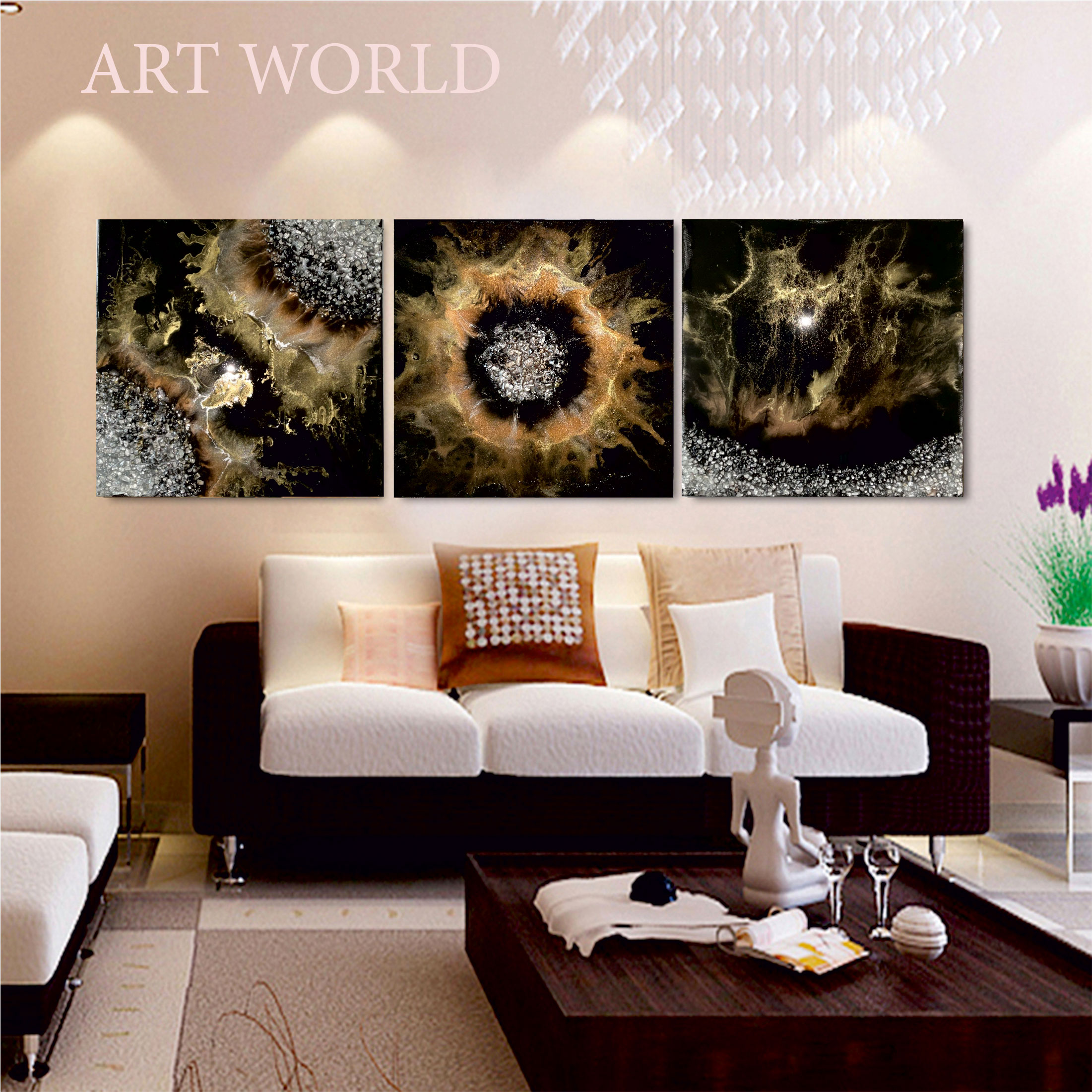


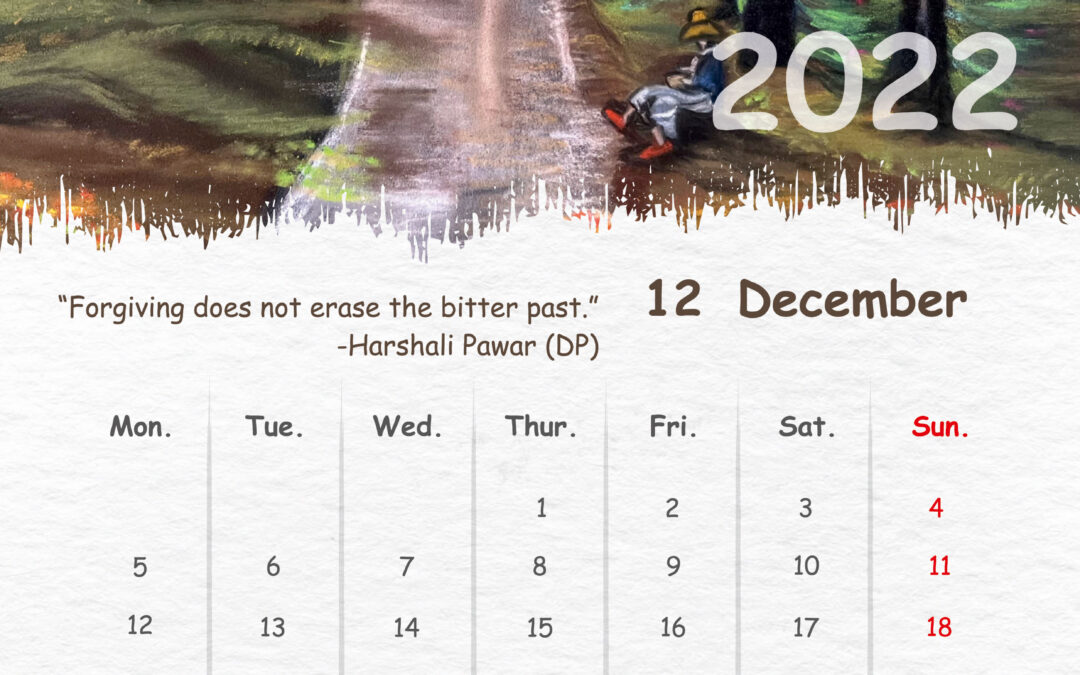
Free Printable 2022 Calendar – Art World
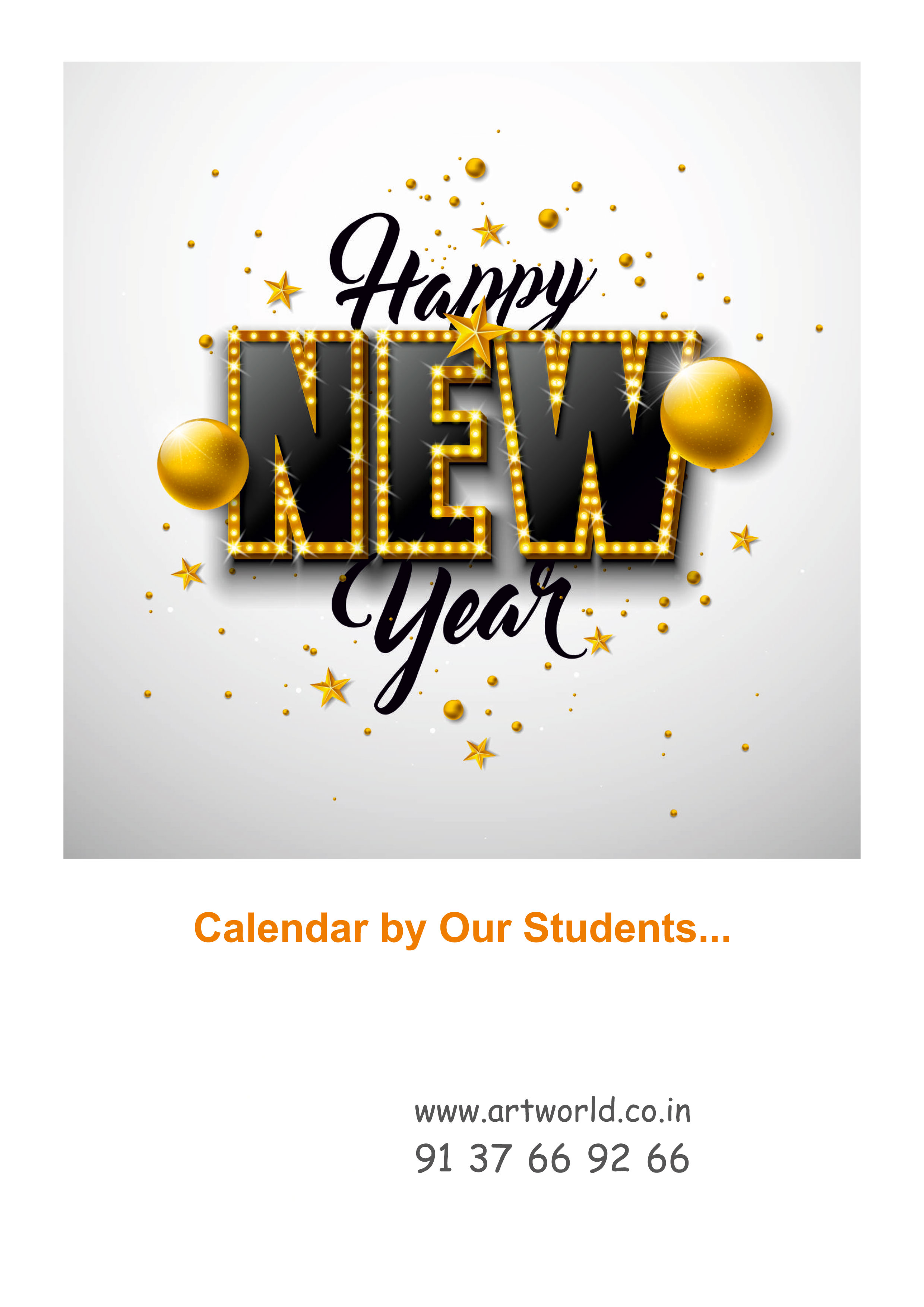
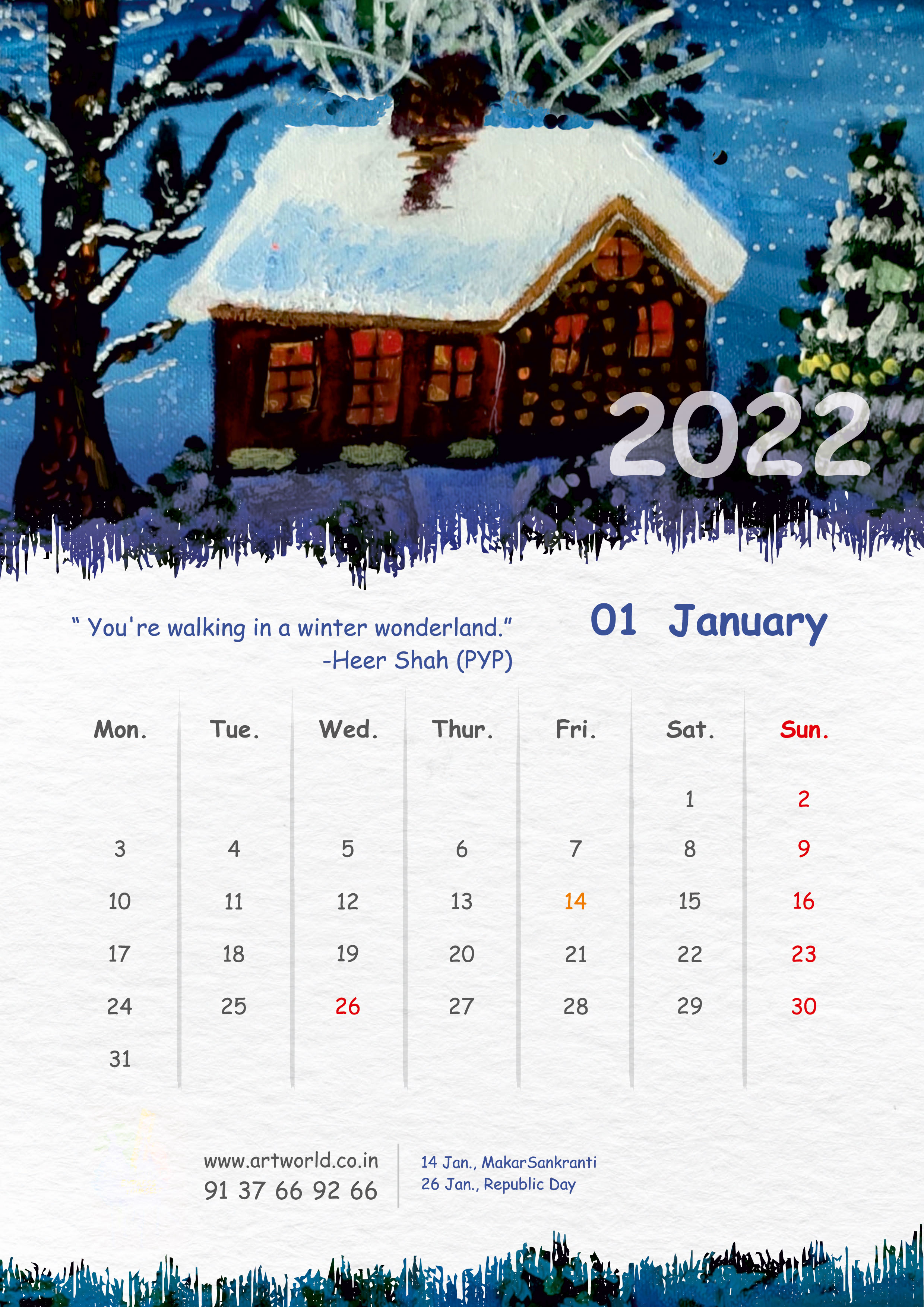
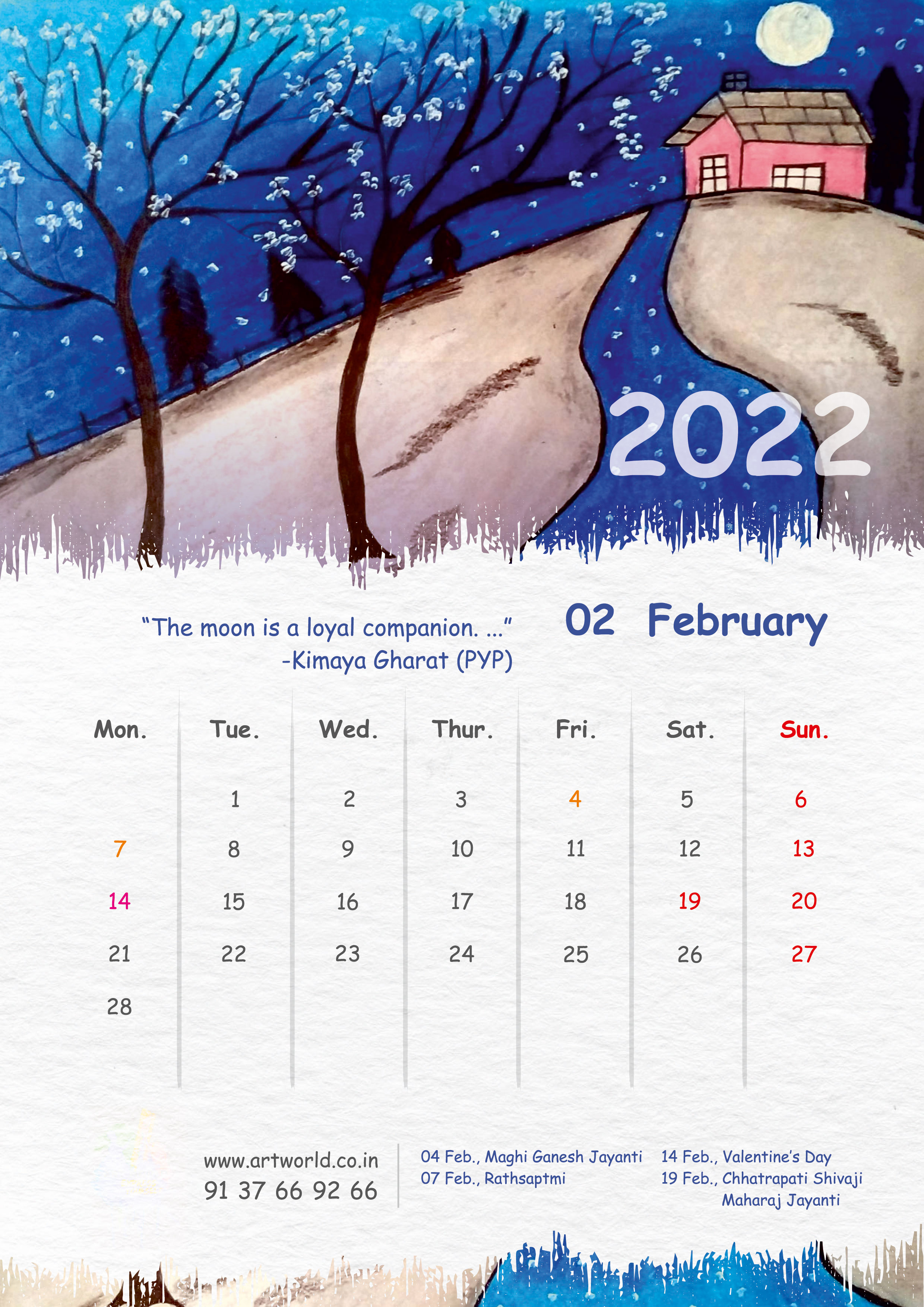
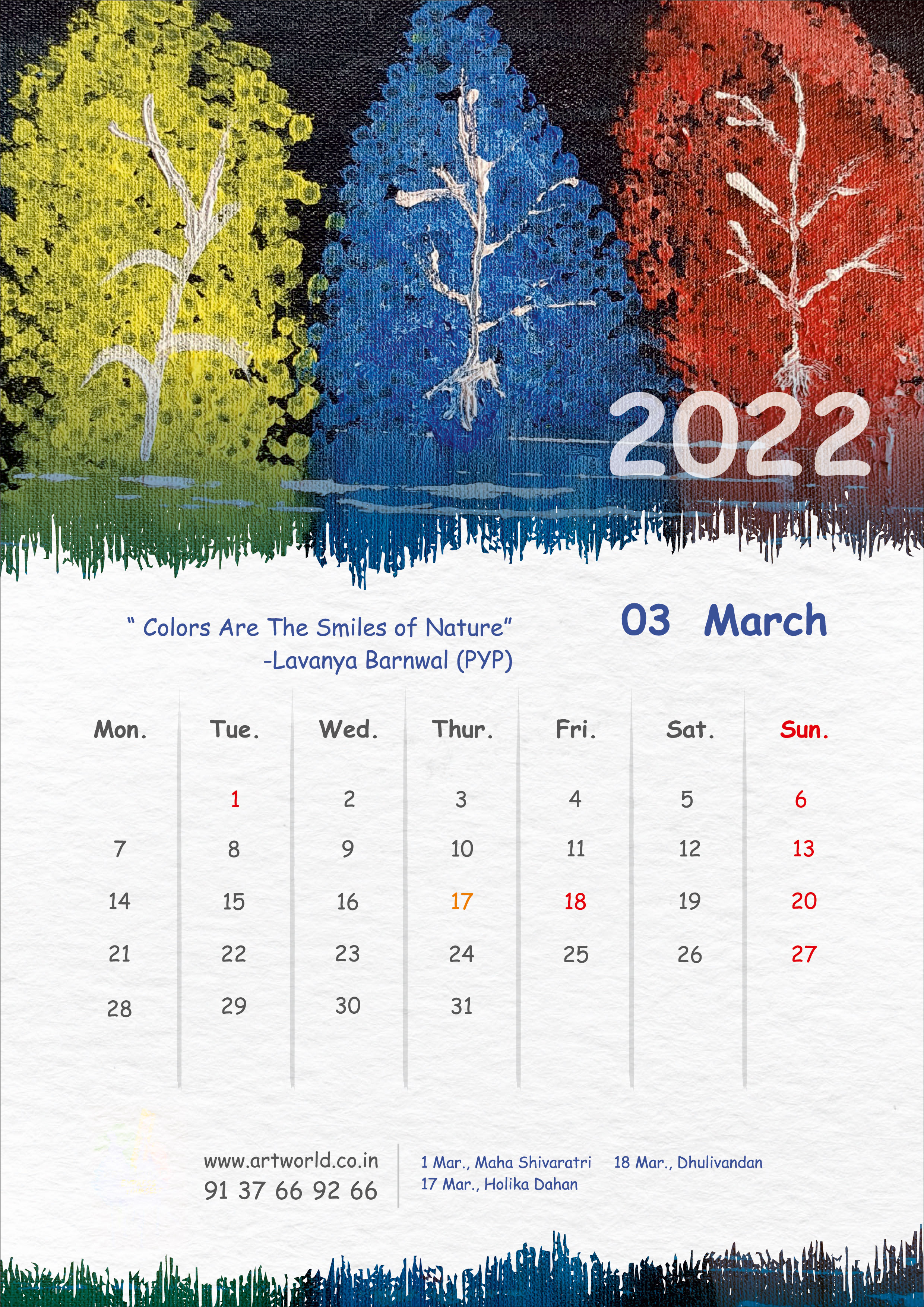
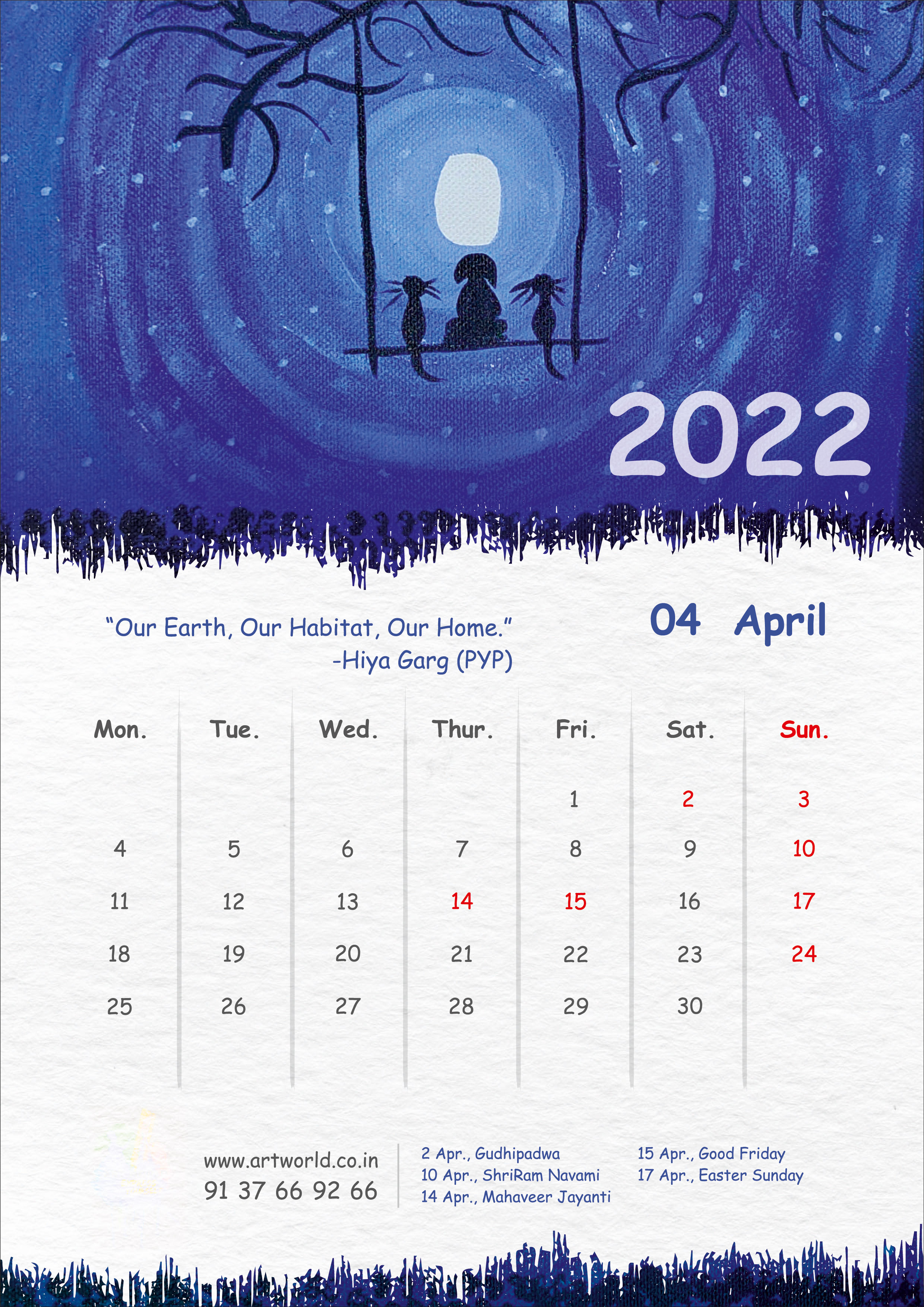

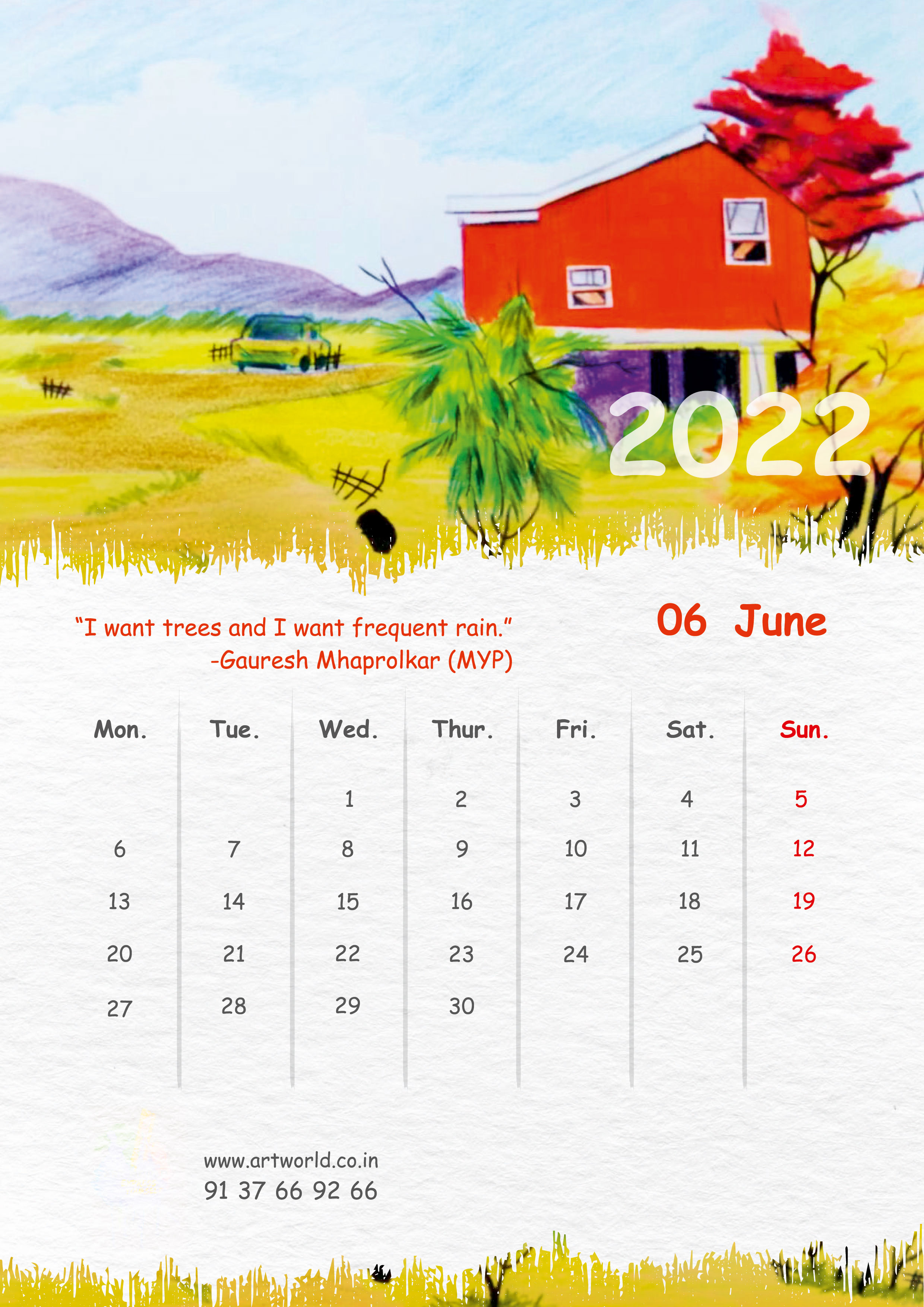
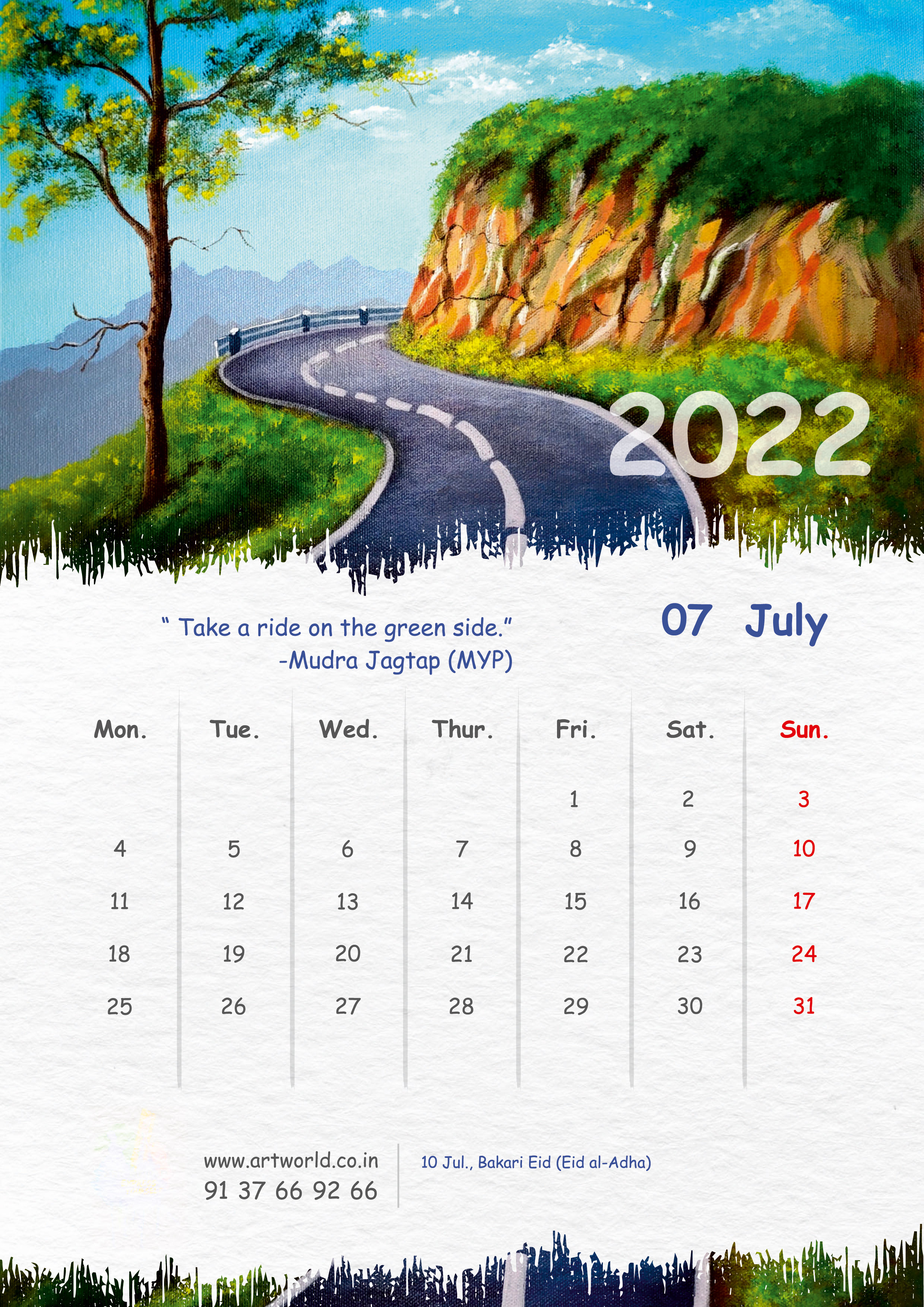
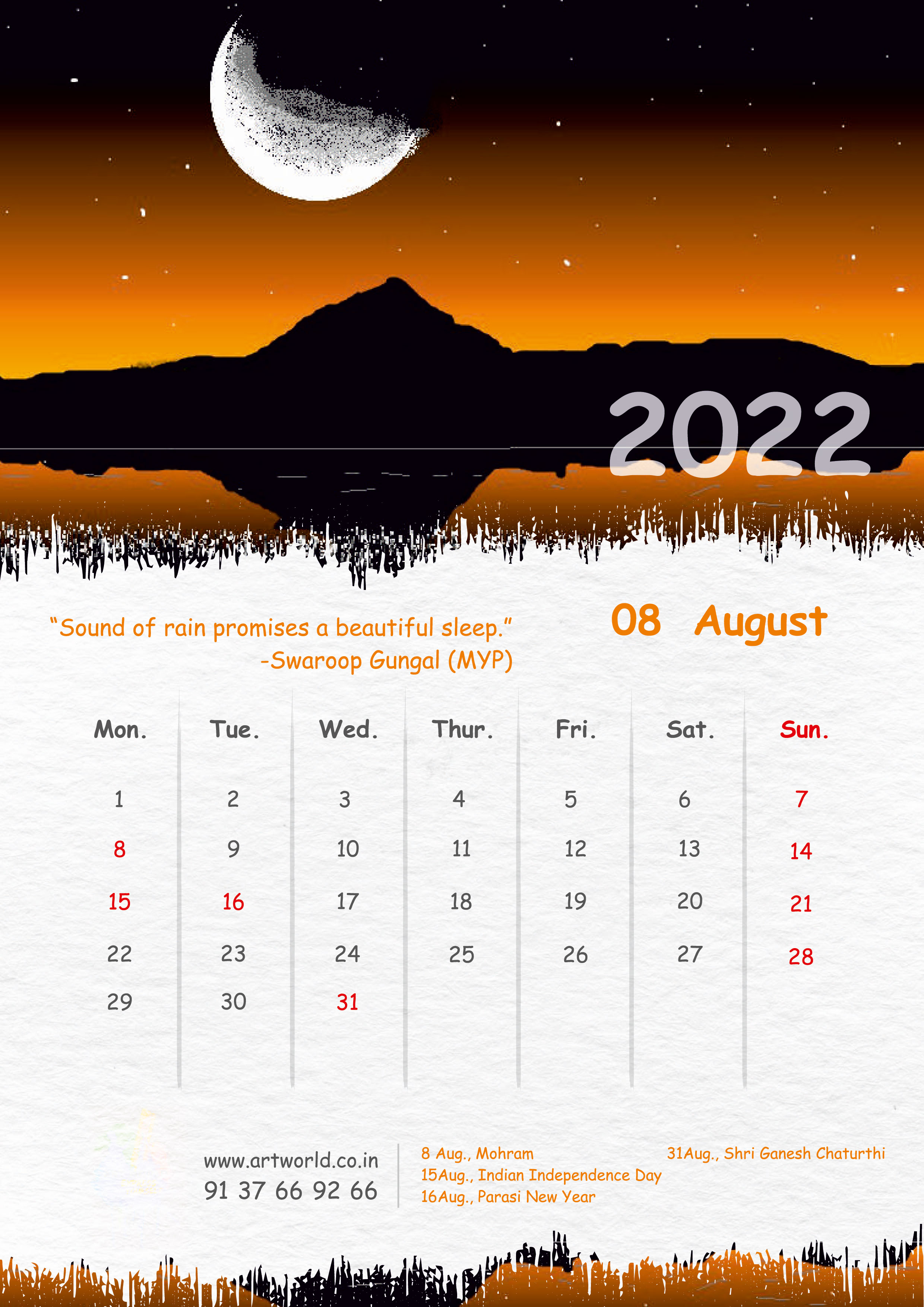
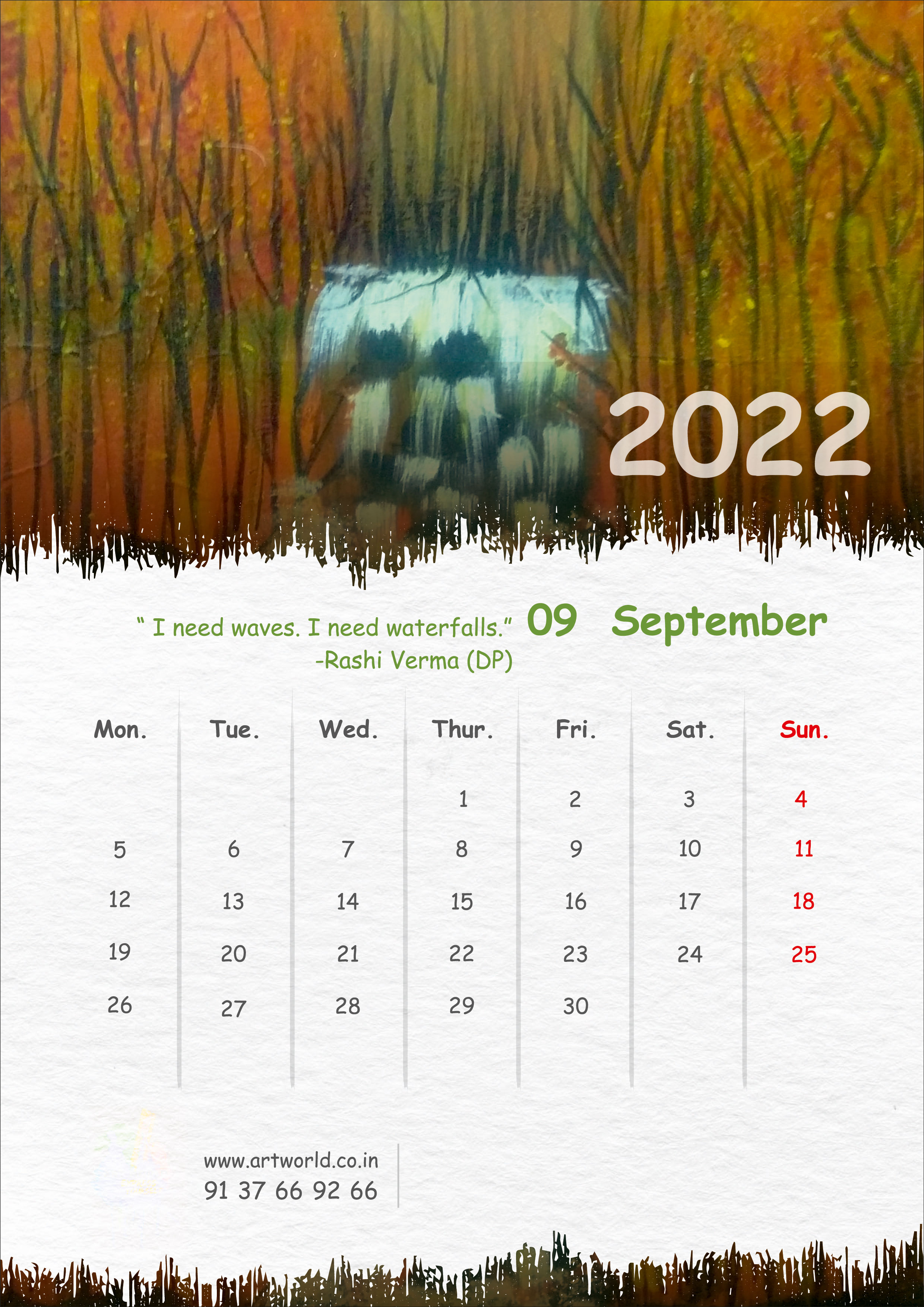
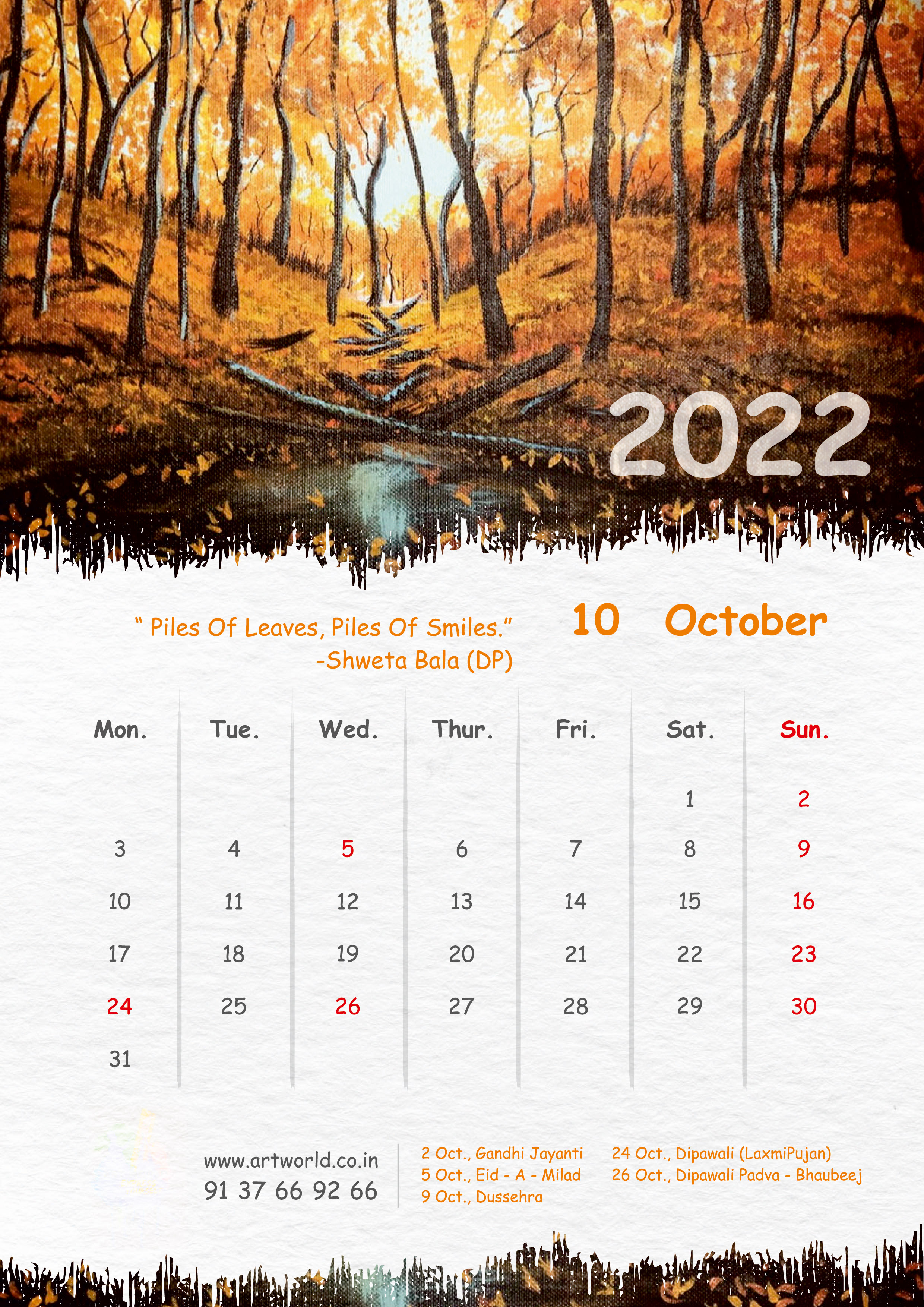
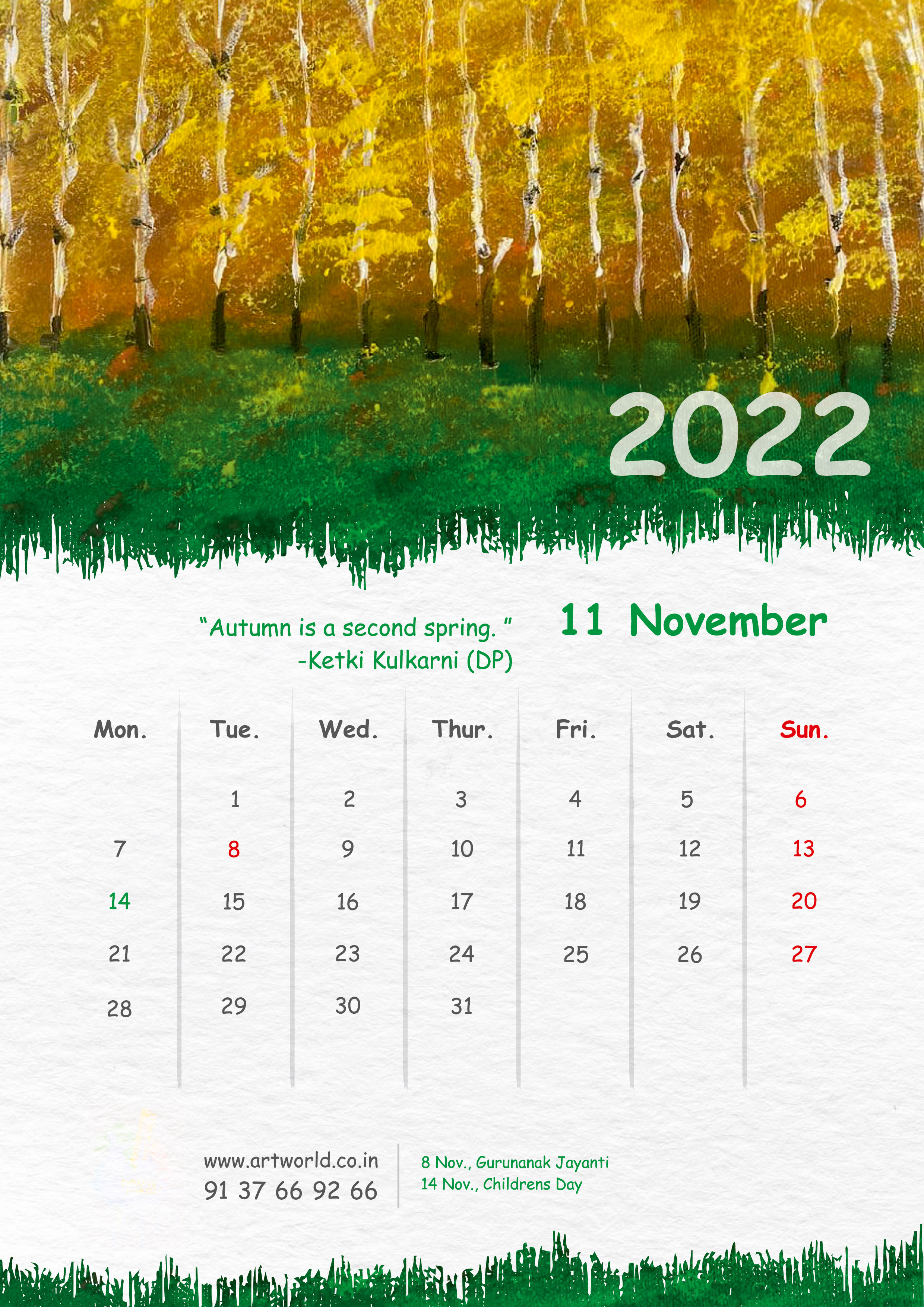
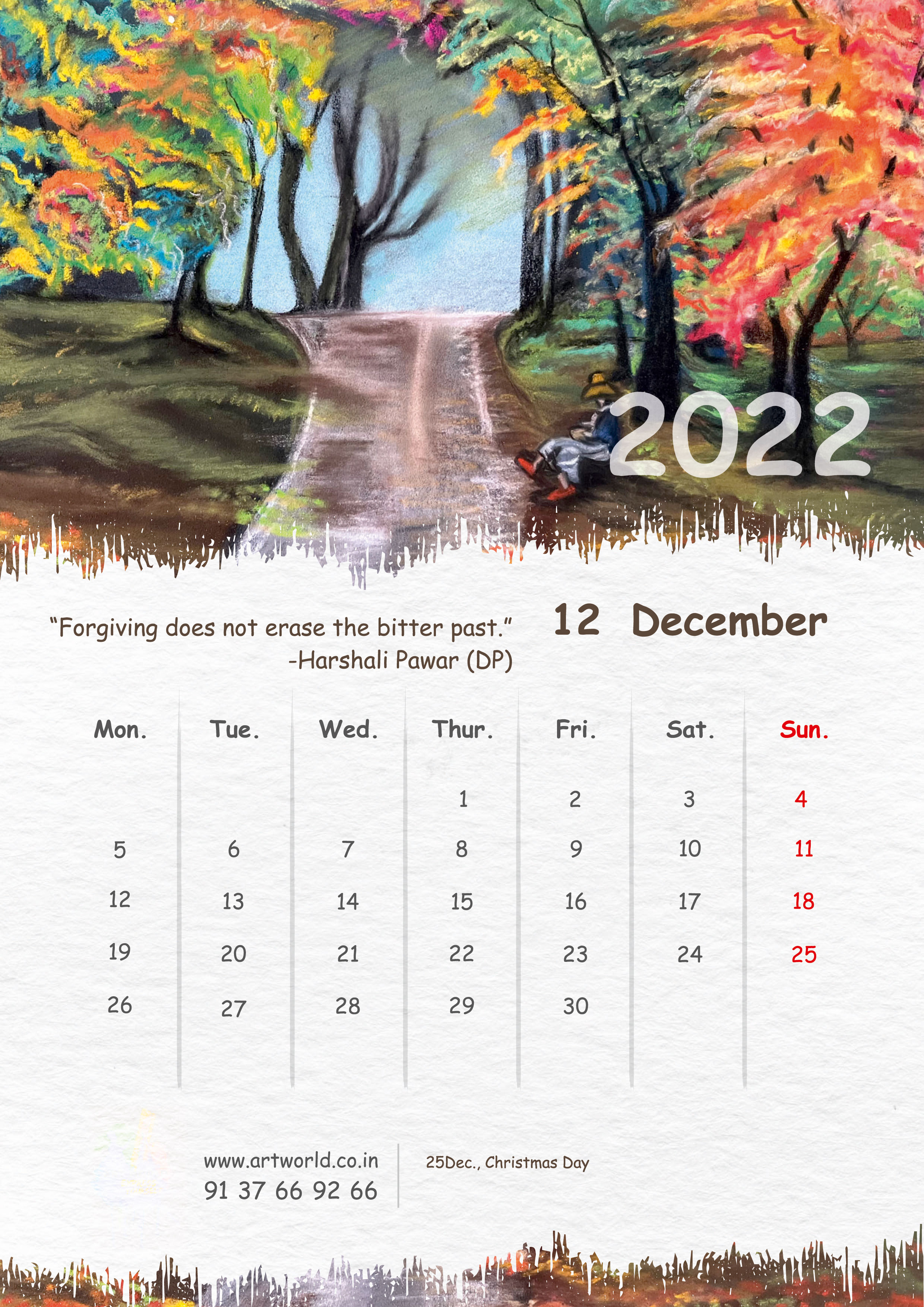

An eco-friendly way to celebrate Ganesh Chaturthi
Eco friendly Ganesh Idol
An eco-friendly way to celebrate Ganesh Chaturthi
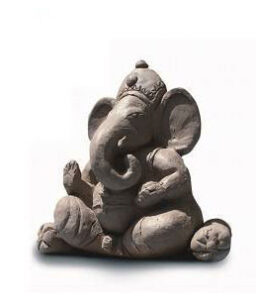
Let us celebrate and welcome home this year with eco-friendly Ganesh Murti, a murti that is made up of soil, natural colors, and organic fertilizers that dissolves easily in water or you can probably bring home a Murti that can be dissolved and Lord Ganesha can turn into a tree and effective way to stop water pollution, earlier we as devotees of Lord Ganesha preferred Plaster of Paris Ganesha idols now we can make celebrate in a better way to stop pollution by using only organic soil and natural colors which won’t affect the environment by any means.

One of the biggest advantages of having eco-friendly Ganesh Murti is that it won’t affect our health in many ways. Wherein, other types of Ganesh Murti may include glitters that may affect lungs if inhaled accidentally or may affect eyes and cause allergies, hence it is better to be safe and keep ourselves safe and keep the environment non-polluted by celebrating eco-friendly Ganesh Chaturthi.
Artworld encourages everyone to celebrate this Ganesh Chaturthi festival this year by participating with us by bringing home an eco-friendly Ganesh Idol to your home, as we believe in a non-pollution festival and keeping the tradition alive with safety measures taken while celebrating this sacred festival.
Come and join
Eco-Friendly Ganesh Idol Making Workshop
let us celebrate this festival by becoming non-polluting participants to honor Lord Ganesha.
About the Event
It’s time to revive the age-old tradition of worshiping Ganesha Idol made of Shaadu Maati (natural clay) and create a healthy and safe environment.
Art World is organizing 0nline Eco–Friendly Ganesh Idol Making Workshop to train how to create hand-sculpted idols in traditional way and to spread awareness & encourage people to use Eco-friendly Ganpati while celebrating the grand Ganesh Chaturthi.
Learn sculpture making techniques and make your own handcrafted Ganpati Bappa!
Please join us for the Eco-friendly Ganpati making workshop and pledge to go green together!
Looking forward to see you all.
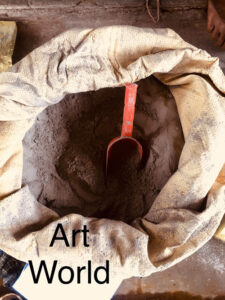
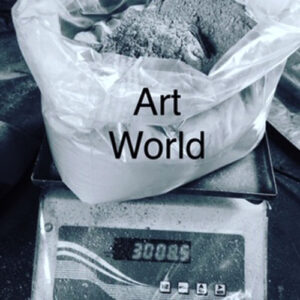


For more information, you can call us on this number 9137669266 or email us at:- vishnu@artworld.co.in
Happy Ganesh Chaturthi to you and your loved ones, may this festival brings joy and happiness to you and your family.

Warli Painting
Warli painting is a style of tribal art mostly created by the tribal people from the North Sahyadri Range in Maharashtra, India. This range encompasses cities such as Dahanu, Talasari, Jawhar, Palghar, Mokhada, and Vikramgad of Palghar district. This tribal art was originated in Maharashtra, where it is still practiced today.

The tradition of Warli Painting in Maharashtra are among the finest examples of the folk style of paintings. Jivya Soma Mashe, the artist in Thane district has played a great role in making the Warli paintings more popular. He has been honoured with a number of national and central level [[]] for his paintings. In the year 2011, he was awarded Padmashree. The Warli tribe is one of the largest in India, located outside of Mumbai. Despite being close to one of the largest cities in India, the Warli reject much of contemporary culture. The style of Warli painting was not recognised until the 1970s, even though the tribal style of art is thought to date back as early as 10th century A.D.[1] The Warli culture is centered on the concept of Mother Nature and elements of nature are often focal points depicted in Warli painting. Farming is their main way of life and a large source of food for the tribe. They greatly respect nature and wildlife for the resources that they provide for life.[2] Warli artists use their clay huts as the backdrop for their paintings, similar to how ancient people used cave walls as their canvases.
Warli is an Indian Tribe in Central Maharashtra extending up to Gujarat. Warli painting is a style of tribal art created by these tribal people in India. Simple and dynamic, Warli figures are almost like pictographs. It utilizes geometric shapes like circles, triangles and squares to convey stories and messages about the Warli way of life.
Warli art brings us close to simplicity in life, lost in today’s digital world.
Learn the art of Warli painting on a canvas. The purpose of this workshop is to introduce and inspire both the novice as well as the well-versed individual into understanding and pursuing this traditional art form.
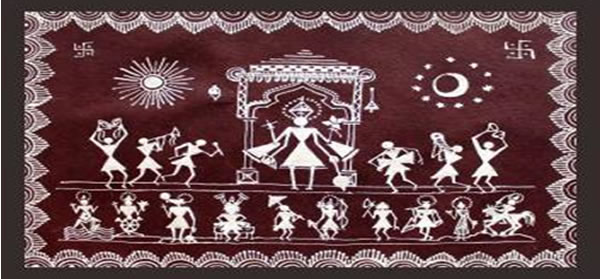
This is a program to introduce you to various forms of application of the traditional Warli art.
MR. VISHNU MARDHEKAR

